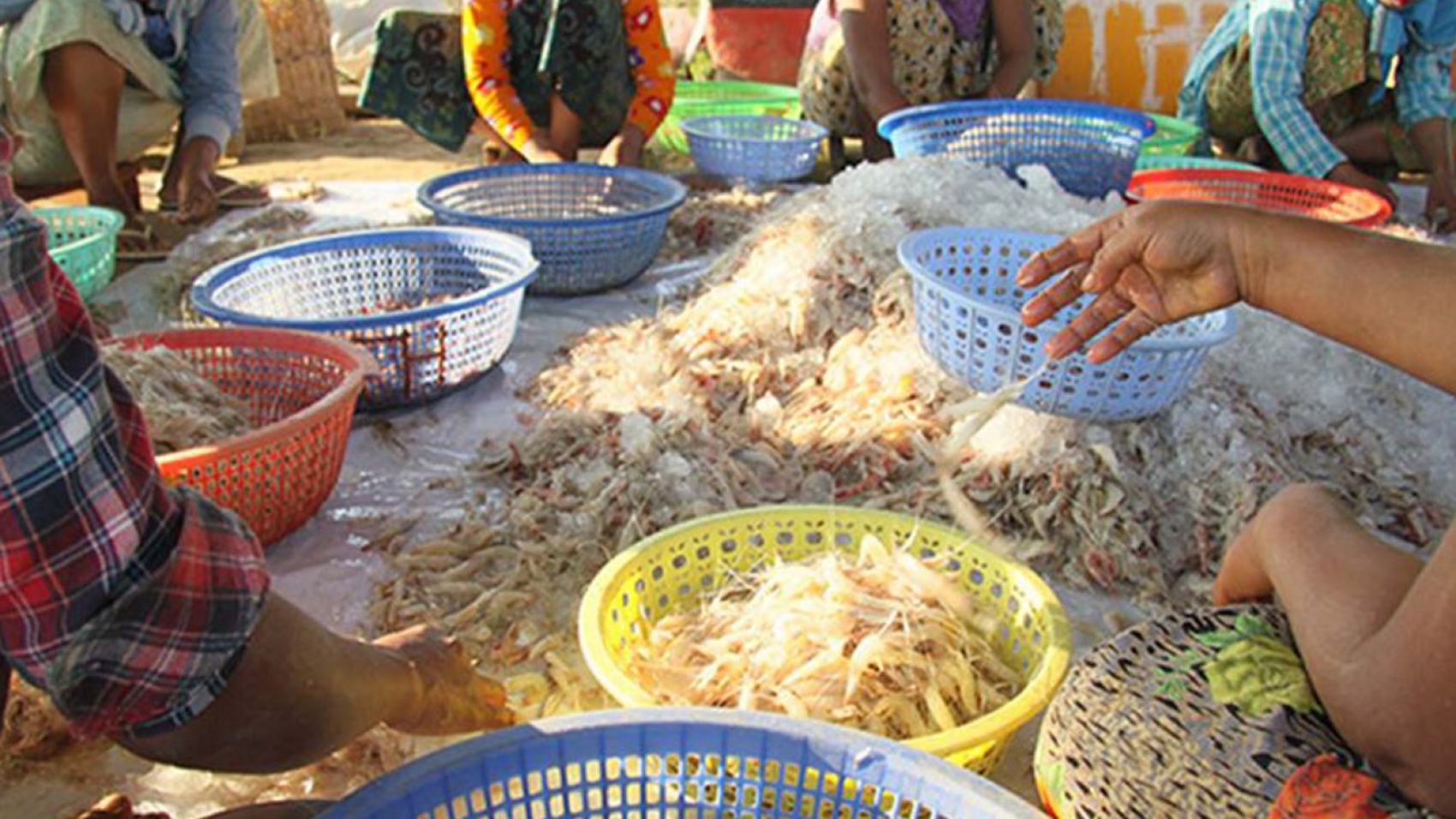India and Myanmar have agreed to work towards launching the Sittwe Port in Rakhine State in the first quarter of 2021, according to announcements by the Myanmar government and the Ministry of External Affairs of India. The developments were made during the visit of an Indian government delegation to Myanmar. The Sittwe Port is a major part of the Kaladan Multi-Modal Transit Transport Project funded by India. It aims to correct the Seaport of Kolkata in India to Sittwe by sea. It will then link the Sittwe seaport to Paletwa, Chin State, by inland waterway and from there connect further to Mizoram in India by road.
The project comprises three stretches which include shipping, inland water and road transport. The longest among these stretch is the shipping segment from Kolkata to the Sittwe Port. India has already completed the development of Sittwe Port and Inland Water Transport terminals at Sittwe and Paletwa. The port and inland waterway terminal operator and maintenance contractor has also been selected. Mean while, the road from Paletwa to Zorinpui in Mizoram, India is still under construction. The total project cost of the Kaladan Multi-Modal Transit Transport Project, which is expected to boost trade and commerce and contribute to development in Rakhine and Chin, is estimated at around US$484 million. Besides that project, both sides also discussed progress in the ongoing Indian-assisted infrastructure projects, including the Trialateral Highway.
The two countries have also explored new avenues of cooperation, including fresh investments in oil and gas and power, infrastructure, and pharmaceuticals. Meanwhile, both sides agreed to deepen cooperation to overcome the challenges posed by the COVID-19 pandemic, with the Indian delegation presenting 3000 vials of Remdesivir, an antiviral treatment medication. Notably, India indicated its willingness to priorities Myanmar in the sharing of viable vaccines aas and when these become available.
Source: Myanmar Times

